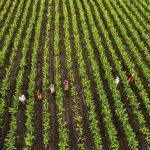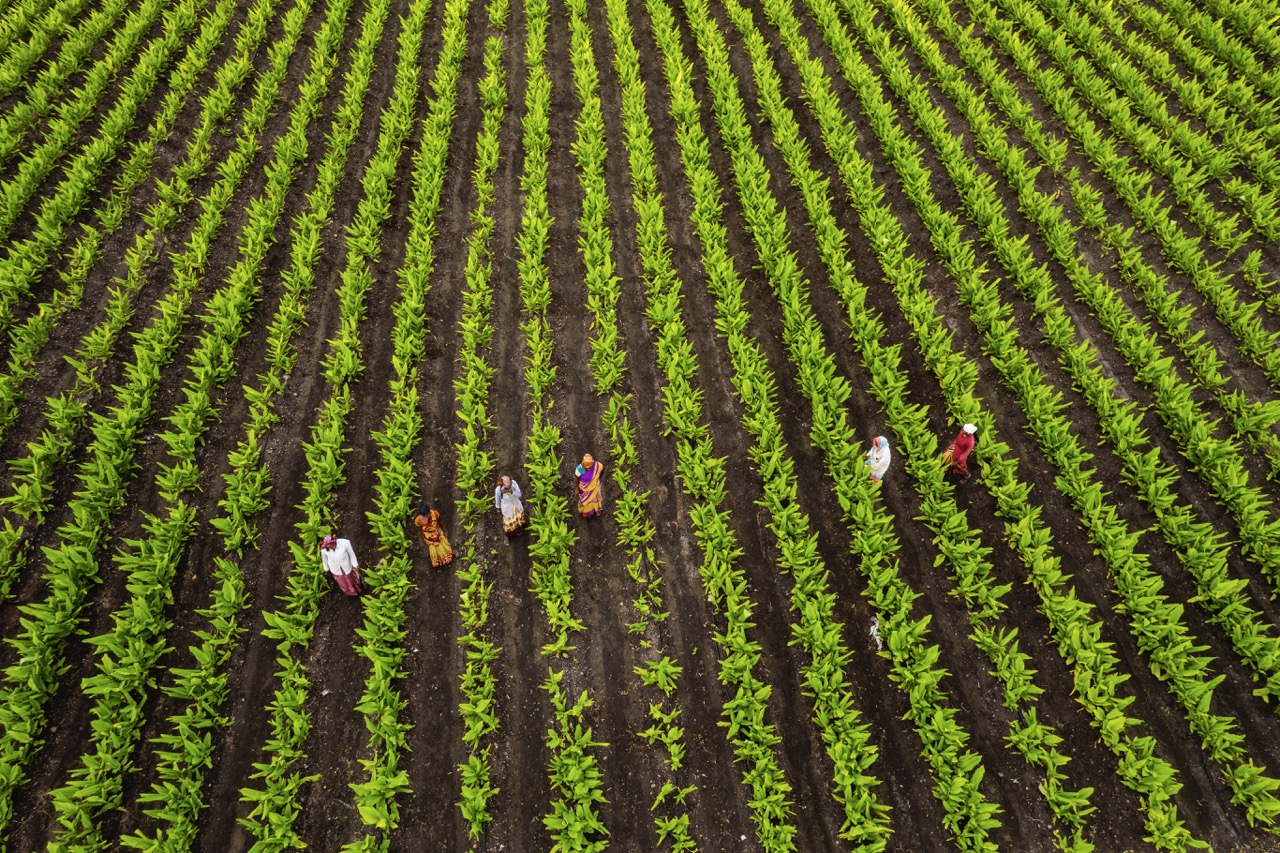In agriculture, water is the lifeblood of successful crop production. However, with increasing climate variability, growing population demands, and environmental regulations, effective water management has become more critical than ever for farmers. Improving water management techniques can lead to increased crop yields, reduced waste, and enhanced sustainability. This article delves into various methods and technologies that can help farmers optimize their water usage while promoting environmental stewardship.
Understanding the Importance of Effective Water Management
Effective water management is crucial for numerous reasons, foremost being the sustainability of agricultural practices. With global water scarcity becoming a pressing issue, farmers must adapt their methods to ensure they are using water resources wisely. Efficient water management not only maximizes crop production but also minimizes the environmental impact associated with over-extraction of water sources.
Moreover, effective water management can significantly reduce operational costs. Water is a vital input for farming, and the expenses tied to irrigation can quickly accumulate. By adopting improved water management practices, farmers can cut down on these costs, enhancing their overall profitability. Furthermore, as regulations around water usage become stricter, those who do not adapt risk facing legal repercussions and potential fines.
Additionally, effective water management plays a crucial role in soil health. Over-irrigation can lead to waterlogging and soil salinization, negatively impacting crop yields. Conversely, under-irrigation can lead to drought stress. By managing water effectively, farmers can maintain optimal soil moisture levels, ensuring healthy crops and sustainable farming practices.
Innovative Technologies for Modern Irrigation Practices
The agricultural sector is witnessing a surge in innovative technologies aimed at improving irrigation practices. Smart irrigation systems, equipped with sensors and automated controls, enable farmers to deliver the right amount of water at the right time. These systems utilize soil moisture sensors that monitor the moisture levels in the soil, allowing for real-time adjustments to irrigation schedules. This can drastically reduce water use while ensuring crops receive adequate hydration.
Drip irrigation is another innovative technique gaining popularity. Unlike traditional sprinkler systems, drip irrigation delivers water directly to the plant’s root zone through a network of tubing and emitters. This targeted approach not only conserves water but also minimizes evaporation and runoff, making it an efficient option for farmers, especially in arid regions.
Furthermore, the integration of data analytics and predictive modeling into irrigation management is transforming farming practices. Farmers can now analyze weather patterns, soil conditions, and crop needs using software tools, allowing them to make informed decisions about irrigation. These technologies help in optimizing water usage, improving crop yield, and reducing the environmental footprint associated with farming.
Sustainable Practices to Enhance Water Conservation Efforts
Sustainable water management practices are essential for preserving water resources and ensuring long-term agricultural viability. Rainwater harvesting is one such practice that allows farmers to collect and store rainwater for irrigation purposes. This not only provides an alternative water source but also reduces dependency on groundwater and surface water, helping to alleviate pressure on these systems.
Crop rotation and cover cropping are sustainable practices that contribute to better water management as well. By rotating crops and incorporating cover crops, farmers can improve soil structure and enhance its water-retention capacity. This means that crops can thrive on less water, reducing the overall irrigation demand. Additionally, these practices support biodiversity and improve soil health, leading to a more resilient farming system.
Another sustainable approach is the implementation of agroforestry, which integrates trees and shrubs into agricultural landscapes. These plants not only provide shade for crops but also improve water infiltration and reduce soil erosion. The presence of trees can also create microclimates, helping to regulate temperature and moisture levels in the soil, further enhancing overall water management strategies.
Measuring Success: Key Metrics for Water Management Systems
To ensure the effectiveness of water management techniques, farmers must establish key performance metrics that help gauge their success. One critical metric is the irrigation efficiency ratio, which measures the amount of water applied to crops versus the amount that actually contributes to crop growth. By tracking this ratio, farmers can identify areas for improvement and fine-tune their irrigation practices accordingly.
Another important metric is soil moisture levels. By regularly assessing soil moisture content, farmers can get a clearer picture of their water usage and crop needs. Technologies such as soil moisture sensors can provide real-time data, allowing farmers to make data-driven decisions about irrigation schedules. Monitoring these levels helps in avoiding over- or under-irrigation, which can significantly impact crop health.
Lastly, tracking runoff and seepage rates is essential for understanding water loss within farming systems. This data can inform farmers about the effectiveness of their irrigation systems and highlight opportunities for improvement. By analyzing these metrics, farmers can develop comprehensive water management strategies that not only enhance productivity but also align with sustainability goals.
Improving your farm’s water management techniques is not merely a choice; it is a necessity in today’s agricultural landscape. By understanding the importance of effective water management, adopting innovative technologies, implementing sustainable practices, and measuring success through key metrics, farmers can optimize their water usage and contribute to a more sustainable future. As the pressures of climate change and population growth intensify, embracing these methods will be vital for maintaining a resilient agricultural sector that can thrive in an uncertain world.










